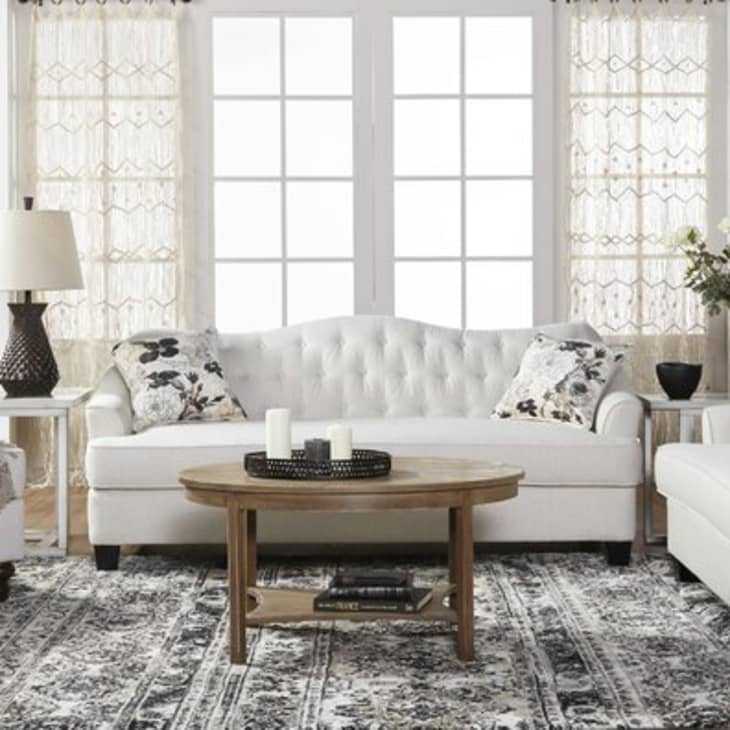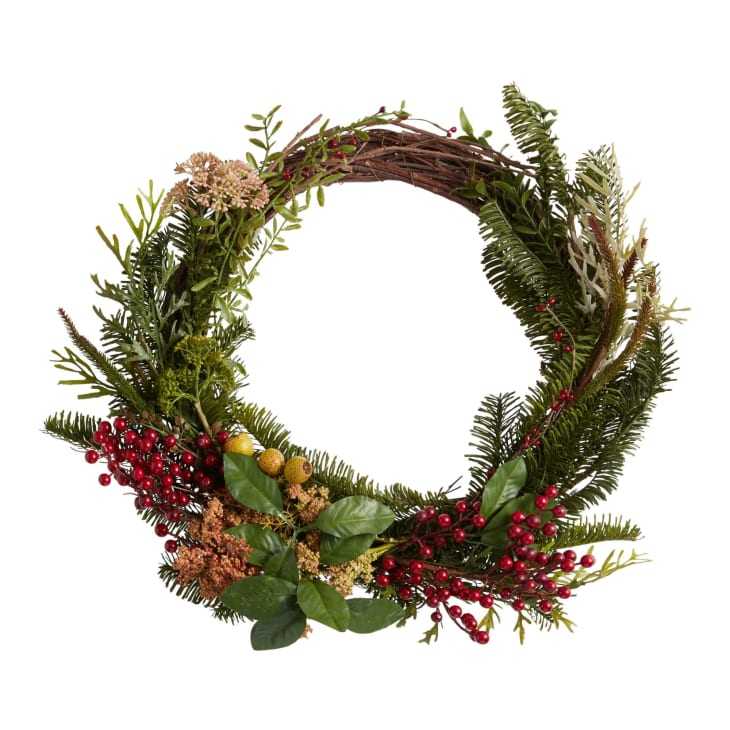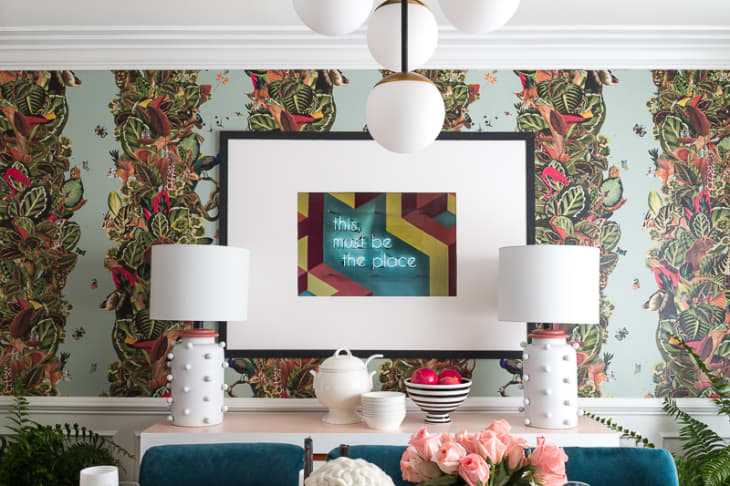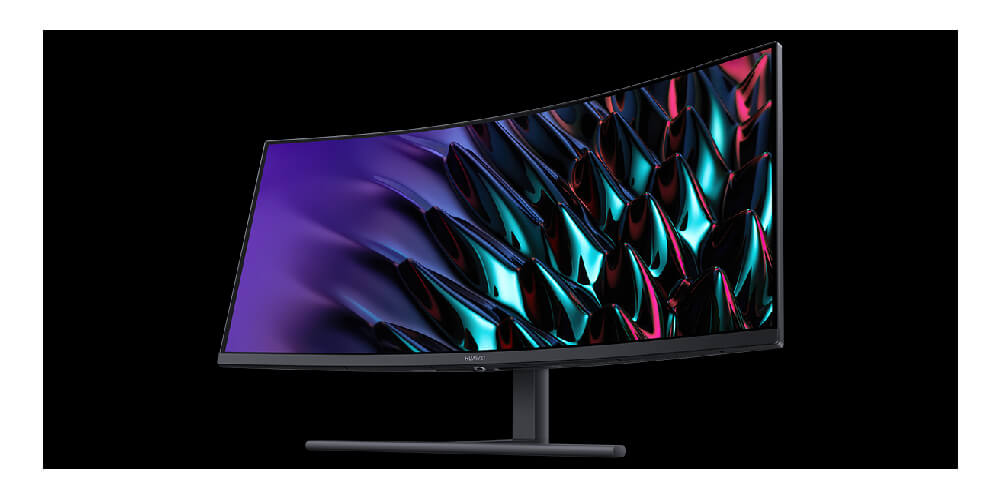It’s time to take stock of what’s in your kitchen. If you’re still using a hand-me-down cutting board and those cheap knives you found on sale at Bed Bath & Beyond when you graduated from college, you're due for an upgrade. We spoke with two professional chefs—Culinary Institute of America Culinary Arts Associate Professor Lance Nitahara, and Sabrina Sexton, the former lead culinary instructor at the Institute of Culinary Education—about their kitchen must-haves.
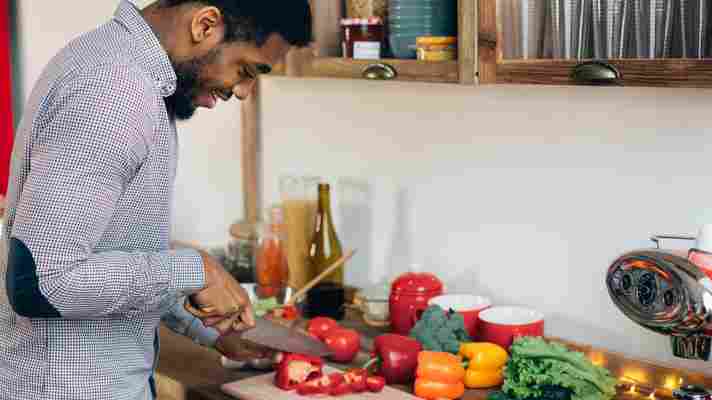
1. Three Knives
Wustof, Amazon
Both Nitahara and Sexton agree you can skip the full knife set (you know, the one that comes in a fancy woodblock) and instead invest in a few essentials. According to them, all you need are a chef’s knife, a serrated bread knife, and a paring knife. “To me, these three knives would cover basically anything you would need to cut,” Sexton says. “And if I was stuck on a desert island, and I could still cook, these three knives would be what I would need.”
Sexton also recommends going with forged knives over stamped knives because they are higher in quality and will last longer.
Buy it: Paring and chef’s knife, Amazon; bread knife, Amazon
2. Knife Sharpener
Wüsthof/Amazon
The best way to increase your knives’ longevity, however, is to keep them sharp. Precisely how much sharpening this will require depends on your use frequency and menu. “I would say sharpen your knives when they get dull,” Nitahara says. “If you’re using your chef’s knife on a daily basis, I would say once every week to once every two weeks, depending on what you’re cutting as well.”
While experienced chefs have mastered the art of the sharpening stone, Sexton says that a chantry knife sharpener—one of those gadgets you stand up on your counter and slide your knife through—is easier for beginners and gets the job done.
Buy it: Amazon
3. Cutting Board
Utopia, Amazon
While glass or stone cutting boards can be pretty, Sexton says wood or plastic is your best bet. “I have a very pretty little marble board that sits out on my kitchen counter, but it’s more for show. Those are going to dull your knives, so I wouldn't recommend doing heavy-duty chopping on glass or stone,” she says. “I think the main thing is that you want something that's hard enough that you don't wear it out and get grooves in it all the time.” The grooves can lead to a buildup of bacteria—which is why, Sexton says, you should replace your cutting board every couple years.
Buy it: Amazon
4. Nonstick Pan
Home Hero/Amazon
“I wouldn’t recommend getting an entire set of nonstick pans,” Nitahara says. But “one nonstick pan might be good if you do a lot of egg cookery.”
Buy it: Amazon
5. Cast-Iron Pan
Ewei's Homeware, Amazon
In addition to your one non-stick pan, you’ll want to get a cast-iron pan. “Cast iron is an inexpensive way to get a pan that really conducts the heat really well, so it's really good if you want to cook a steak or get a nice kind of sear on a chicken breast or something like that,” Sexton says. “If you're trying to caramelize the surface of something, which really develops flavor in something like a piece of red meat or poultry, [a cast-iron pan is] the best sort of go-to thing.”
“They're a little more work, but they last forever,” Sexton says. That work is a process called seasoning your pan—or adding a lubricant so your food doesn’t stick to it.
Buy it: Amazon
6. Stainless Steel Pots And Pans
All-Clad, Amazon
But for most of your cookware, Sexton and Nitahara agree that stainless steel is best. “For the most part, when we’re talking about pots and pans, you want to get something that is a heavier-gauge stainless steel pan,” Nitahara says. “They’re a little harder to wash, a little heavier, but they’re going to last longer. They have better conduction if they are stainless steel.”
Buy it: Amazon
7. Rondeau Pan Or Dutch Oven
AmazonBasics
“A rondeau is kind of like what a lot of people refer to as a stew pot,” Sexton says. “It has a fairly wide surface area, but also reasonably high sides—somewhere between 4 to 6 inches high. It’s good if you want to do any braises or stews.”
Buy it: Amazon or AmazonBasics
8. Blender
Blendtec, Amazon
For making soups and purées, Nitahara says a blender is a must. When choosing a blender, he says, it’s worth saving up and shelling out a bit more for something higher quality. “The cheaper you go on blenders and food processors, you get what you pay for,” he says. “If you try to get it on a budget you might be buying [a new] one sooner than you think.”
Buy it: Amazon
9. Immersion Blender
Cuisinart, Amazon
For making smoothies, frothing up drinks, or chopping onions and garlic, Sexton says she relies on an immersion blender (or handheld blender). “It’s a good jumping-off point for a blender because it doesn't take up any particular space; it doesn't have to sit on your counter. It's pretty versatile, pretty inexpensive, so I just think that's a good go-to tool for things.”
Buy it: Amazon
10. Food Processor
Cuisinart, Amazon
When asked if he recommends having a blender or a food processor, Nitahara tells us you should invest in both. “If I had a choice, I don’t know which one I would choose because they both are essential,” he says. While a blender is great for smooth purées, a food processor allows you to chop things coarsely.
Buy it: Amazon
11. Pressure Cooker
Instant Pot, Amazon
Top Chef fans know that a pressure cooker can be a chef’s best friend when they’re strapped for time (or their worst enemy, if they don’t know how to use one!). “It can be a little intimidating, but once you learn how to use them they’re so great,” Nitahara says of the appliance. “I make wild rice in 20 minutes, whereas if you make wild rice in a pot you’re looking at cooking it for over an hour.”
Buy it: Amazon
12. Digital Thermometer
ThermoPro, Amazon
For novice cooks, Nitahara and Sexton recommend a digital thermometer. “If you want to roast a chicken or you want to cook meat to a certain done-ness or whatever, an instant-read is great,” Sexton says.
“A lot of digital thermometers you don’t have to calibrate,” Nitahara adds. “I love digital thermometers that have a probe with a cable so that if I’m roasting something, I put that thermometer into the roast, throw that in the oven, and keep my thermometer outside the oven and set the alarm to go off when I have a target temperature that’s reached. That way it’s brainless and I don’t have to worry about it.”
Buy it: Amazon
13. Microplane
Microplane, Amazon
“Microplanes are awesome,” Nitahara says. “They’re really great if you want to grate things really finely, parmesan cheese and things like that. It was originally designed for woodworking.”
Buy it: Amazon
14. Wooden Spoon
Helen's Asian Kitchen, Amazon
Since plastic can melt and metal will heat up, Sexton says you’re best off using a wooden spoon when stirring something over a hot stove. Nitahara recommends purchasing a wooden spoon with one flat side, which will make it easier to scrape the bottom of your pan or bowl.
Buy it: Amazon
15. Whisk
OXO, Amazon
Look for thin wires when choosing your whisk, Nitahara says. “If you’re going to be making emulsions like vinaigrettes, hollandaise sauce, and a few others, if you get your wires too big and thick … you’re not going to be able to emulsify liquids like that as well,” he says.
Buy it: Amazon
16. Rubber Spatula
Di Oro, Amazon
Heat-resistant is the name of the game when looking for a quality spatula. “Get a good high-temp silicon spatula that can stand temperatures upward of 375, 400 degrees so that you’re not melting your spatula in the pan,” Nitahara says.
Buy it: Amazon
17. Salad Spinner
OXO, Amazon
Despite its name, a salad spinner can do a lot more than dry your lettuce. Nitahara also uses his after washing herbs, and “whenever I wash mushrooms I always put them in the salad spinner as well,” he says. “They soak up a lot of water.”
Buy it: Amazon
18. Vegetable Peeler
For a better grip, Sexton says she prefers the Y-shaped peelers to the more traditional straight ones.
Buy it: Amazon
Bonus: Basic Utensils and Small Wares
Amazon
In addition to the above, Sexton and Nitahara recommend having some basic necessities on hand, including metal tongs, a ladle, a slotted spoon, measuring cups and spoons, a corkscrew, potholders, mixing bowls, a can opener, and baking sheets.
A version of this article first ran in 2017. It has been updated for 2021.
